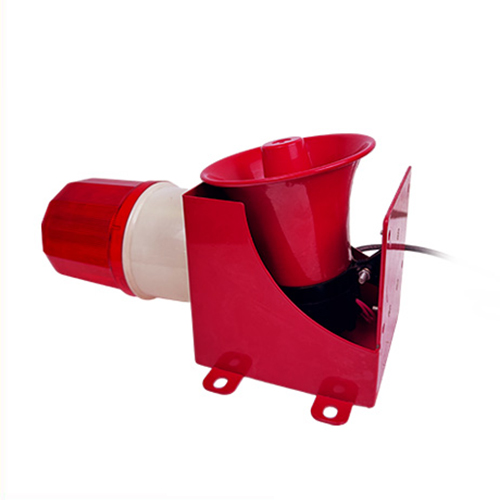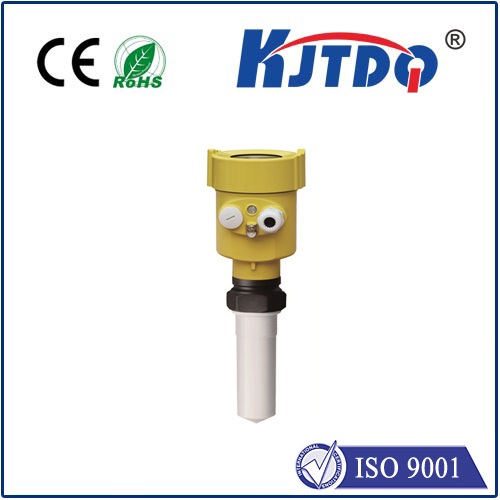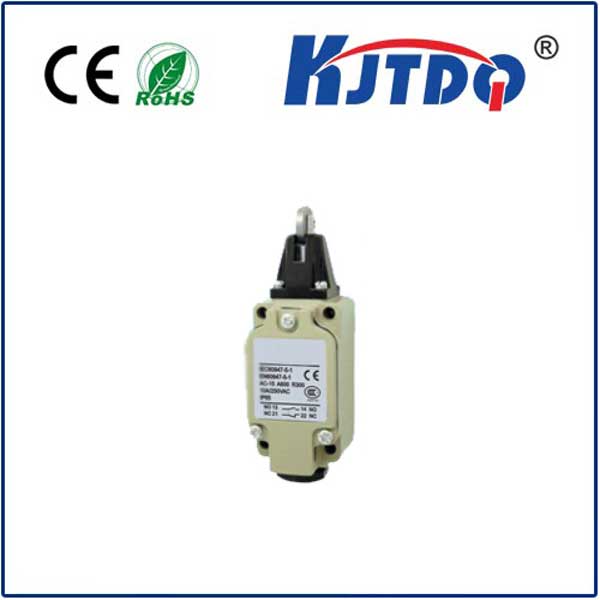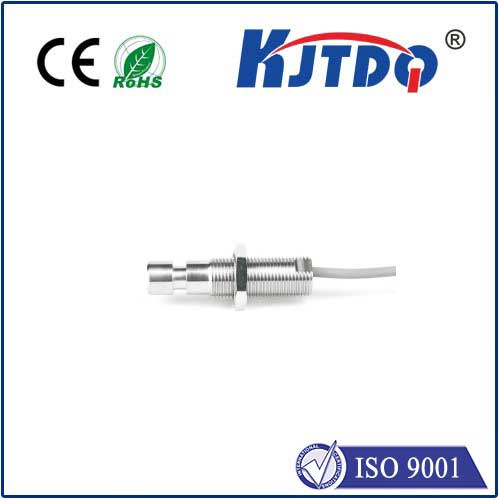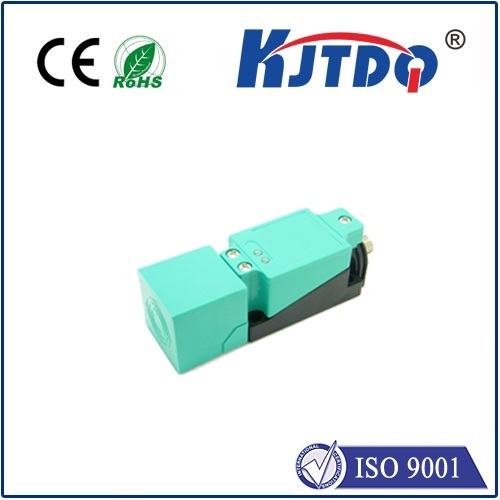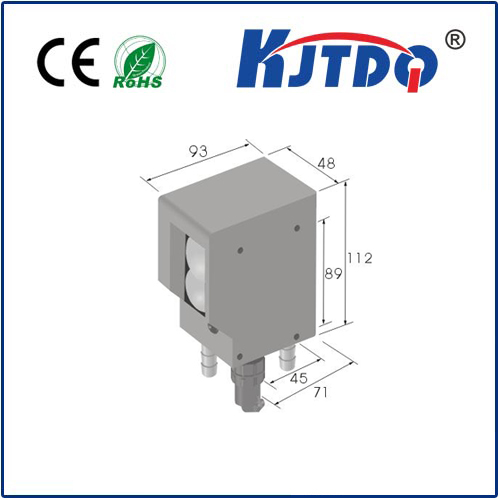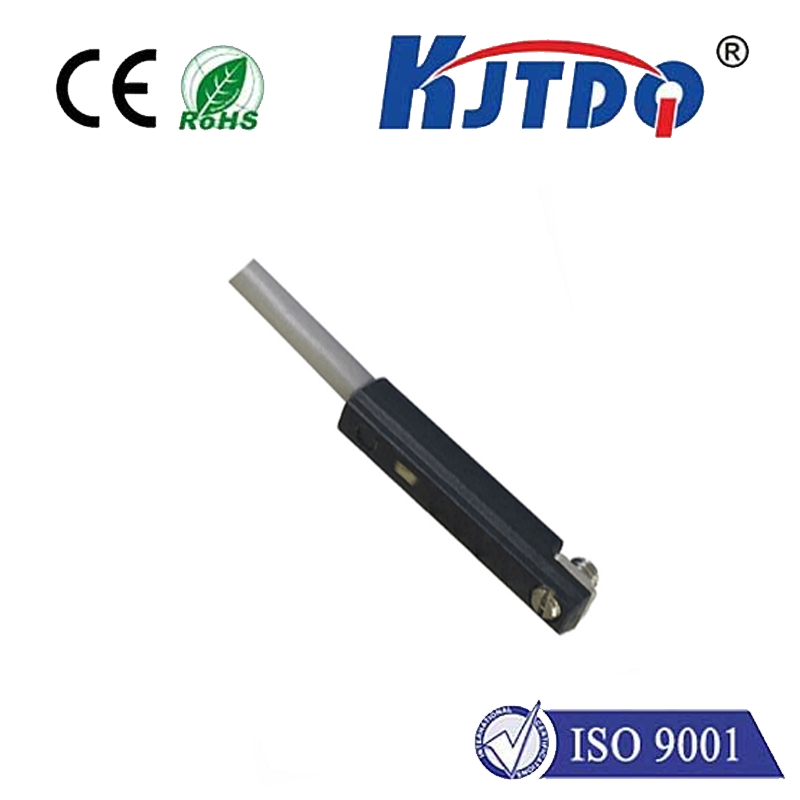fiber optic sensor
- time:2025-08-13 15:22:05
- Нажмите:0
Beyond Wires: How Fiber Optic Sensors Are Transforming Precision Measurement Across Industries
Imagine needing to monitor the structural health of a massive bridge spanning a deep gorge, measure temperature inside a jet engine turbine at thousands of degrees, or detect minute chemical changes within a living human cell. Traditional electronic sensors often falter in these extreme, sensitive, or inaccessible environments. This is where fiber optic sensors step onto the stage, offering a revolutionary approach to sensing that leverages the power of light itself. These ingenious devices aren’t just about transmitting data; they are the data collectors, turning strands of glass into unparalleled measurement tools.
The Core Principle: Light as the Messenger
At their heart, fiber optic sensors operate on a relatively simple yet profound concept: modulating light properties. Unlike electrical sensors, they don’t rely on electrical currents. Instead, a beam of light travels through an optical fiber – an incredibly pure strand of glass or plastic thinner than a human hair. When the fiber interacts with the physical parameter it’s designed to measure (like strain, temperature, pressure, Вибрация, or chemical concentration), specific characteristics of the light passing through it change. These changes can include:
- Intensity: The amount of light transmitted or reflected.
- Phase: The wave position of the light signal.
- Wavelength: The color spectrum of the light.
- Polarization: The orientation of the light wave’s oscillations.
Sophisticated detection units at the fiber’s end analyze these subtle alterations in the light signal. By precisely calibrating the system, scientists and engineers can correlate these light changes back to exact measurements of the external parameter being monitored. The fiber itself often acts as both the sensing element and the communication channel.

Why Fiber Optic Sensors? Key Advantages Driving Adoption
The shift towards fiber optic sensor technology is driven by compelling benefits that overcome the limitations of conventional sensors, particularly in demanding applications:
- Electromagnetic Immunity (EMI): Crucially, optical fibers are immune to electromagnetic interference and radio frequency interference (RFI). This makes them ideal for deployment near high-voltage equipment, power lines, or in electrically noisy industrial settings where electrical sensors fail or deliver unreliable readings.
- Intrinsic Safety: Because they use light instead of electricity and generate no sparks, fiber optic sensors are intrinsically safe. They can operate without risk in hazardous environments like oil and gas refineries, chemical plants, or mines, where explosive atmospheres exist.
- Remote and Distributed Sensing: One of the most powerful capabilities is distributed sensing. A single optical fiber cable can act as thousands of individual sensor points along its entire length (sometimes kilometers long), providing continuous data profiles. This is transformative for monitoring pipelines, dams, tunnels, or large-scale perimeter security.
- Corrosion and Harsh Environment Resistance: Optical fibers, typically made from silica glass, are inherently resistant to corrosion, radiation, high temperatures (up to several hundred degrees Celsius with special coatings), moisture, and many chemicals. This ensures long-term stability and reliability.
- High Sensitivity and Accuracy: Leveraging the precision of laser optics and interferometry techniques, these sensors can detect incredibly minute changes – displacements on the nanometer scale or temperature fluctuations as small as 0.1°C. This level of precision measurement is vital in fields like aerospace and materials science.
- Lightweight and Compact: The small size and minimal weight of optical fibers allow for installation in confined spaces or embedding directly into composite materials (like aircraft wings or wind turbine blades) without adding significant bulk or compromising structural integrity.
Types of Fiber Optic Sensing Architectures
Fiber optic sensor systems can be broadly categorized based on their sensing approach:
- Point Sensors: Measure a parameter at specific, discrete locations (e.g., Fiber Bragg Gratings - FBGs). Ideal for targeted monitoring like bearing temperature or joint strain in structures.
- Quasi-Distributed Sensors: Utilize multiplexing techniques to interrogate multiple closely-spaced point sensors along a single fiber (commonly used with FBG arrays).
- Distributed Sensors: Use techniques like Rayleigh, Brillouin, or Raman scattering to measure the parameter continuously along the entire fiber length. This provides a complete spatial profile, essential for leak detection or structural health monitoring over vast areas.
Transforming Industries: Real-World Applications
The unique advantages of optical fiber sensing unlock possibilities across a diverse spectrum of sectors:
- Structural Health Monitoring (SHM): Continuously monitoring bridges, buildings, dams, pipelines, wind turbine blades, railways, and tunnels for strain, vibration, cracks, and deformation. Distributed sensing provides unparalleled coverage and early warning capabilities.
- Energy Sector: Downhole monitoring in oil and gas wells (pressure, temperature, flow), integrity monitoring of subsea pipelines, and thermal management in power transmission cables.
- Industrial Process Control: Precise temperature profiling in chemical reactors, monitoring composite curing processes, and detecting leaks in tanks or pipes.
- Aerospace and Defense: Strain and temperature monitoring within aircraft wings and fuselages, impact detection, and navigation systems (Fiber Optic Gyroscopes - FOGs).
- Medical and Biotechnology: Minimally invasive temperature monitoring during MRI-guided treatments (utilizing EMI immunity), pressure sensing catheters, and biochemical sensors for lab-on-a-chip diagnostics.
- Smart Grids & High-Voltage: Current and voltage sensing in transformers and switchgear, leveraging intrinsic safety and electromagnetic immunity.
- Security & Perimeter Protection: Distributed Acoustic Sensing (DAS) systems that turn kilometers of fiber into a sensitive microphone, detecting and locating intrusions, digging, or pipeline interference.
The Future is Bright: Innovation Continues
Fiber optic sensor technology is far from static. Research pushes boundaries in materials science to enhance sensitivity and extend temperature ranges. Novel grating structures and interrogation techniques constantly improve accuracy and resolution. Integration with IoT platforms and AI analytics is enabling smarter, predictive maintenance based on the rich data streams these sensors generate. As costs decrease and manufacturing scales, adoption in less traditional sectors is accelerating.
From safeguarding critical infrastructure to enabling cutting-edge medical procedures and unlocking deeper understanding in research labs, fiber optic sensors prove that sometimes, the most powerful insights truly travel at the speed of light. Their ability to operate where conventional sensors falter makes them not just an alternative, but often the only viable solution for the precise, reliable, and safe monitoring demanded by our complex modern world.

